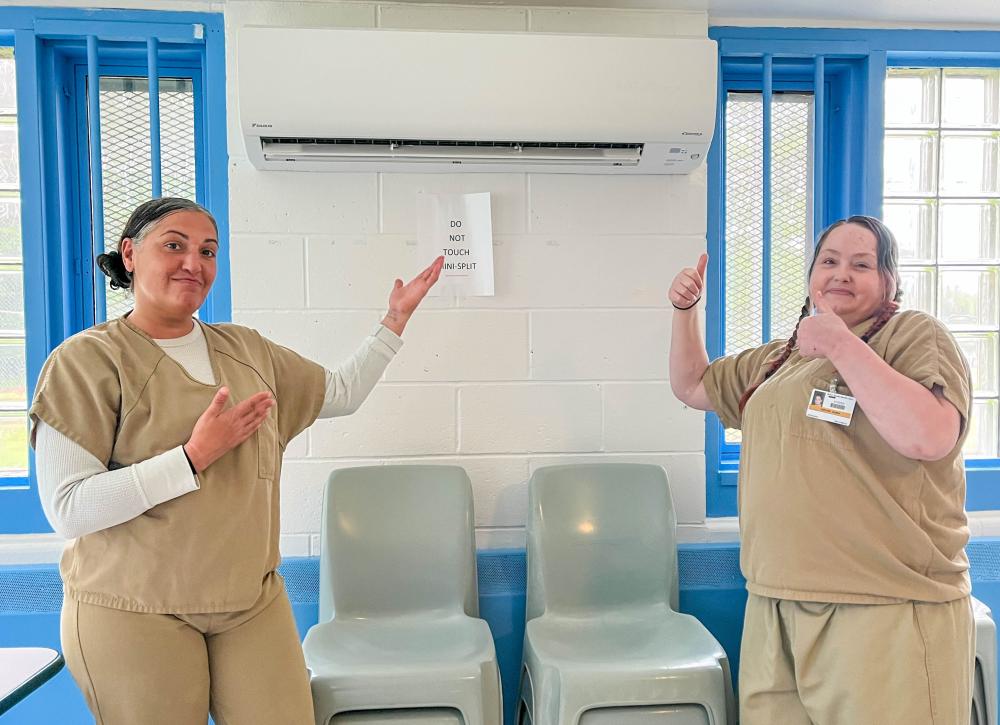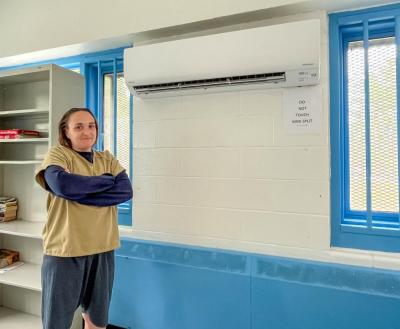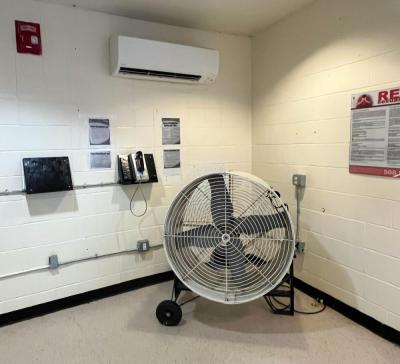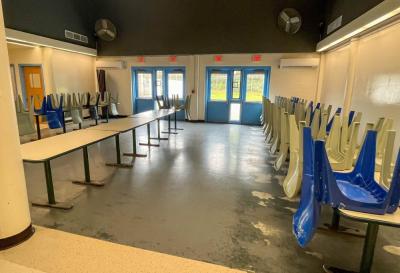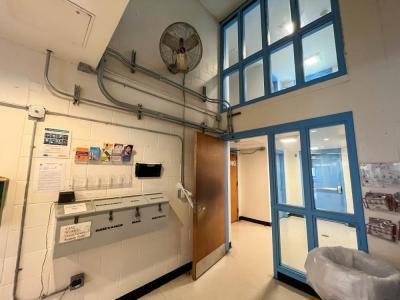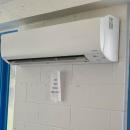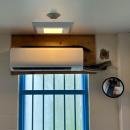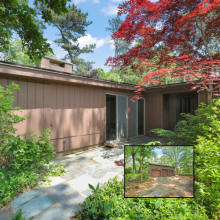Tempers and temperatures cool at the jail as sheriff’s advocacy heats up
For years, the walls inside the Dartmouth Women’s Center dripped with sweat. The floors became slip-and-slides and tensions ran high as inmates and correctional officers alike battled the heat, with temperatures often in excess of 90 degrees.
Although the vestibules at building entrances still provide a moist reminder of that time, the industrial fans have been retired as mini-split air conditioning units now take the center stage, cooling off over a hundred staff and inmates in the facility.
“AC is in everyone’s interest as it keeps the temperature down and the tempers down,” said Sheriff Paul Heroux, who noted the units that were installed in-house last year were officially turned on about two weeks ago.
The jail used expiring federal Covid pandemic funds to purchase mini-split units, which are ductless heating and cooling systems, for the Women’s Center, which is an authorized use of federal Covid money. A lack of adequate heat in parts of the Women’s Center in winter months was also a problem now made better with this addition, according to Heroux.
Mini-split units were also installed at the Bristol County Sheriff’s Office Training Academy, paid for by the same expiring funds.
There are 22 housing units on the Dartmouth campus and there was air conditioning from the 1990s in the four modular housing units and the medical unit before the sheriff’s arrival at the jail in January 2023. Staff requested that air conditioning be added to the Women’s Center due to the excessive heat.
“Staff were miserable in the heat. The heat often exacerbated tempers in inmates and as a result, fights would often ensue between inmates, leaving staff to break up the fights and risking personal injury,” Heroux said, also noting the effects high temperatures have on both staff and inmates who have health complications.
“I’m not doing anything radical,” he said. “I’m addressing outstanding needs.”
For inmates Alisha LeBlanc, Loriann Medeiros and Alyssa Lafferty the inclusion of air conditioning in their housing units and common spaces has been life-changing.
Prior to the air conditioning, the women said it felt impossible to do anything and nobody would, noting the decline in program participation.
LeBlanc said the facility felt like a swamp, emphasizing that “the vibes ain’t good” when temperatures are high.
Both staff and inmates noted their uniforms, which are required to be worn by inmates in all common spaces, does not have shorts and there is only so much a person can do when it's hot.
Now with the mini-splits installed, both parties see it as a better work and living place, with LeBlanc joking, “people might not want to move out.”
“Nobody likes to be hot or uncomfortable,” Lafferty said, adding she’s thankful the facility has foregone the “miserable large fans.”
Now that the mini-splits have been installed, the sheriff is looking to do the same in the large housing units through the use of the inmate commissary. He explained, over the course of many years, the jail has accumulated over $1.5 million in commission from inmate commissary. The state law requires those funds be used to the benefit of the inmates.
Per the law, commissions from inmate commissary cannot be used on employee salaries, goods or services not of direct benefit to inmates and recent changes to the law no longer allow jails or the Department of Corrections to collect a commission on inmate commissary.
However, these funds are still available and legal to use for the air conditioning in the housing units.
Additionally, Heroux says to pay for the extra costs, the jail is currently putting solar panels on the roof, which will power the air conditioning units and up to about 50% of the jail’s current electrical consumption. The solar panels are being installed at present.
To anyone who says that jails should not have air conditioning, Heroux asks, “Even if you hate the inmates so much, would you deprive the Correction Officers of a more comfortable work environment? Keep in mind that the housing units are the work stations. The work stations are the housing units. The two cannot be separated.”



